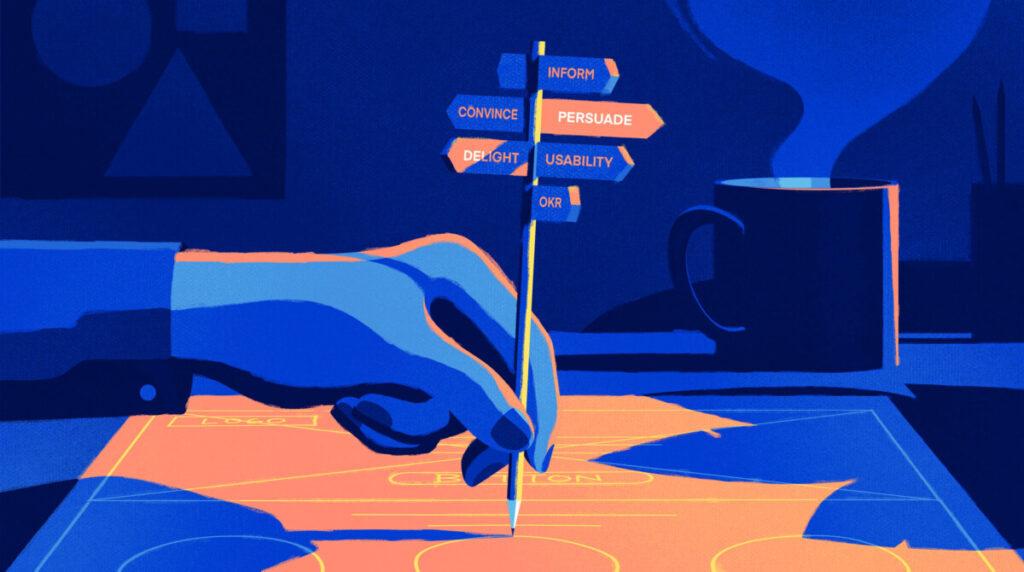2A) Looking back on my past when working on some creative projects, I did use others’ creative work such as pictures and images. I made sure to use non-copyrighted images by using stock websites such as Unsplash, Pexels, and Pixalbay. When sourcing images from these websites, I was given liberties to modify and edit the photos as I saw fit. For images that I didn’t find through the stock websites, I would credit the artist that created the work and make sure to source it correctly.
2B) Reading through the New York Times article, “Shepard Fairey Is Fined and Sentenced to Probation in ‘Hope’ Poster Case,” I have a better understanding of the importance of fair use and copyright. Fairey knew that he made a mistake over the copyright of a photograph by The Associated Press when creating his “Hope” Poster, but still tried to cover it up by tampering with the evidence.
I believe that this case could’ve been avoided if Fairey would have reached out to The Associated Press to acquire permission to use their photos. I agree with the outcome of the case, that Fairey was both fined and sentenced to probation. This case still serves as an example of what not to do when dealing with fair use and copyright issues.
Sources
Hodkin, Shayna. What Does Ethical Design Mean?, 5 Aug. 2019, https://www.invisionapp.com/inside-design/what-does-ethical-design-mean/. Accessed 2022.
Kennedy, Randy. Shepard Fairey Is Fined and Sentenced to Probation in ‘Hope’ Poster Case, 7 Sep. 2012, https://archive.nytimes.com/artsbeat.blogs.nytimes.com/2012/09/07/shephard-fairey-is-fined-and-sentenced-to-probation-in-hope-poster-case/. Accessed 2022.




